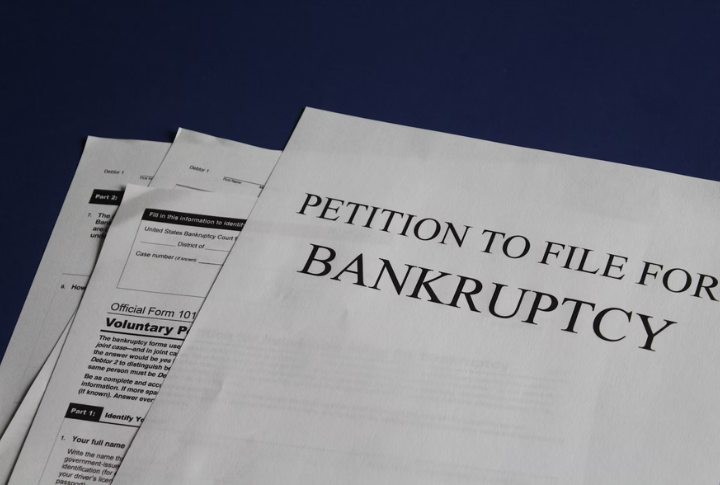
Every year, countless individuals confront the harsh realities of overwhelming debt. While bankruptcy may feel like hitting rock bottom, in reality, it’s often the first step toward financial recovery. The process may seem overwhelming, but understanding the key details can make it easier to maneuver.
Explore Other Solutions First

Bankruptcy is not the only way to resolve debt issues. Options like debt consolidation, settlement negotiations, or structured repayment plans could provide relief without the long-term consequences of bankruptcy. Before proceeding, evaluate whether an alternative approach better suits your situation.
Understand The Bankruptcy Process

Filing for bankruptcy involves more than just submitting paperwork. It includes a series of legal steps, such as meeting with creditors and providing detailed financial disclosures. Missing deadlines or not complying with court requirements can lead to delays or even case dismissal.
Choose The Right Bankruptcy Type

The type of bankruptcy you file determines how your debts are handled. Chapter 7 eliminates unsecured debts but may require liquidating non-exempt assets, while Chapter 13 creates a structured repayment plan based on your income. Select the right option depending on your financial situation and future goals.
Gather Accurate Financial Records

Courts require a clear picture of your financial standing, including income, debts, assets, and expenses. Inaccurate or incomplete disclosures can complicate your case. Organizing bank statements, bills, and tax returns in advance ensures a smoother filing process.
Seek Professional Guidance

While it’s possible to file for bankruptcy on your own, a qualified attorney or credit counselor can help you go through complex regulations. Professional advice reduces the risk of mistakes that could lead to case rejection or loss of assets. In addition, it gives you peace of mind.
Consider The Impact On Your Credit

Bankruptcy significantly affects your credit score and can make future borrowing more difficult. Even though financial responsibility can rebuild credit over time, understanding how lenders assess post-bankruptcy applicants prepares you for long-term financial planning.
Protect Essential Assets

Federal and state laws provide exemptions that safeguard necessary belongings, such as your primary residence, retirement savings, and household essentials. Understanding these protections helps prevent unnecessary loss and ensures you retain key assets.
Prepare For Creditor Hearings

A court-appointed trustee will go through your financial situation, and creditors may ask questions about your income and debts during a 341 hearing. Being prepared and honest during these proceedings prevents complications and avoids further scrutiny that could affect you.
Plan For Life After Bankruptcy

Filing for bankruptcy doesn’t erase financial responsibility—it offers a fresh start. Develop a realistic budget to start your recovery. Then, you can start putting some money into an emergency fund and using credit cautiously to help prevent future financial hardship.
Understand Which Debts Won’t Be Discharged

Not all debts are eliminated through bankruptcy. Obligations like student loans, child support, alimony, and most tax debts typically remain after the process. Knowing which financial responsibilities will persist allows for better post-bankruptcy planning and prevents unexpected financial burdens.

Comments
Loading…